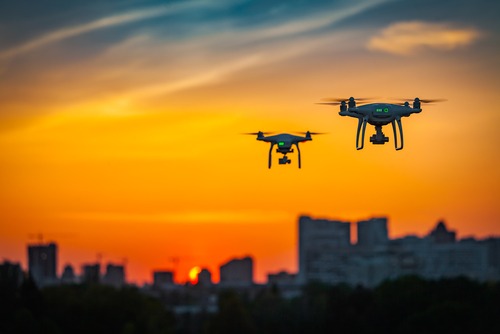
Drone mission autonomy is the focus of a new DARPA program known as Rapid Experimental Missionized Autonomy (REMA), and in just 70 business days, it has made major headway.
Focused on commercial drone technology, the program sought to allow these devices to autonomously continue predefined missions even after losing connection to their operators. From conception, it was meant to be able to provide new agnostic drone autonomy capabilities within single month transitions, and even its launch captured that swift momentum, with a mere 70 business days between program announcement and contract awards.
Now, the program will operate along two technical divides: one will focus on a drone-autonomy adapter interface and another will focus on mission-specific autonomy software. It will operate along development cycles of three-month intervals at first, before progressing to the ultimate one-month goal. When finished, REMA should be able to detect the type of drone its connected to and apply autonomy capabilities to the device.
“REMA is the demonstrator for rapid ideation and tech development,” Dr. Lael Rudd, REMA program manager, said. “The five performers under contract are working as a conglomerate without firewalls to create common solutions to achieve the program goals.”
Contracts for the drone-autonomy adapter interface technical area were awarded to Anduril and RTX, while contracts for the mission-specific autonomy software technical area went to Leidos, Northrop Grumman and SoarTech.
DARPA emphasized that small aerial vehicles like those used here are likely to play increasingly important military roles on the battlefield. One could see some semblance of this in the ongoing Russian invasion of Ukraine, where both sides have made use of drone technology. REMA, however, hopes to up the defensive capabilities of drones by rendering electromagnetic countermeasures against them ineffective.
Traditionally, interrupting the link between operator and drone – as through electromagnetic strikes – was a good way to either cause mission aborts or crashes. An autonomy adapter would help solve some of that problem.
The first full working solution for this platform should be presented in March 2024.




